Japan
Samurai, Sushi & The Rising Sun
From the unfailingly courteous taxi drivers in their immaculate vehicles to the precisely wrapped parcels for the most humble department store purchase and the little dance of bows guests get from attendants whenever they enter a hotel, Japan is probably the most polite place on earth.
Tokyo
Tokyo (東京, Tōkyō) is Japan’s capital and the world’s most populous metropolis. It is also one of Japan’s 47 prefectures, consisting of 23 central city wards and multiple cities, towns and villages west of the city center. The Izu and Ogasawara Islands are also part of Tokyo.
Prior to 1868, Tokyo was known as Edo. A small castle town in the 16th century, Edo became Japan’s political center in 1603 when Tokugawa Ieyasu established his feudal government there. A few decades later, Edo had grown into one of the world’s most populous cities. With the Meiji Restoration of 1868, the emperor and capital moved from Kyoto to Edo, which was renamed Tokyo (“Eastern Capital”). Large parts of Tokyo were destroyed in the Great Kanto Earthquake of 1923 and in the air raids of 1945.
Today, Tokyo offers a seemingly unlimited choice of shopping, entertainment, culture and dining to its visitors. The city’s history can be appreciated in districts such as Asakusa and in many excellent museums, historic temples and gardens. Contrary to common perception, Tokyo also offers a number of attractive green spaces in the city center and within relatively short train rides at its outskirts.


Kyoto
Kyoto (京都, Kyōto) served as Japan’s capital and the emperor‘s residence from 794 until 1868. It is one of the country’s ten largest cities with a population of 1.5 million people and a modern face.
Over the centuries, Kyoto was destroyed by many wars and fires, but due to its exceptional historic value, the city was dropped from the list of target cities for the atomic bomb and escaped destruction during World War II. Countless temples, shrines and other historically priceless structures survive in the city today.
The most popular times to visit Kyoto are during the Spring (March-May) and Fall (October-November) months when the weather is ideal and the landscape is at its most striking. Both seasons are characterized by a dramatic change in color – Spring for its cherry blossom pinks and whites, and Autumn for its fiery reds, oranges, and yellows. Unlike its cold winters and hot summers, the weather is mild in Spring and Fall so either season would be the perfect time to visit.
There’s much to see in Kyoto, with each attraction requiring 2-3 hrs of your time. We only stayed 2 nights on out last trip which was way too short. We did get to see everything listed in this guide but it all felt a little too rushed. If we could do it again, which we will in the near future, then we would stay for no less than 4-5 nights, maybe even longer. 4-5 nights will allow you to soak up the atmosphere and see everything at a relaxed pace. Kyoto is a serene, Zen-like city so it isn’t the type of destination that you want to just breeze through.
Kinkaku-ji
A stunningly beautiful temple covered in gold leaf, Kinkaku-ji is a World Cultural Heritage Site and one of seventeen locations that comprise the Historic Monuments of Ancient Kyoto. Its name derived from the gold leaf that envelopes it, Kinkaku-ji was once burned down by a schizophrenic monk who felt that it was “too beautiful”.
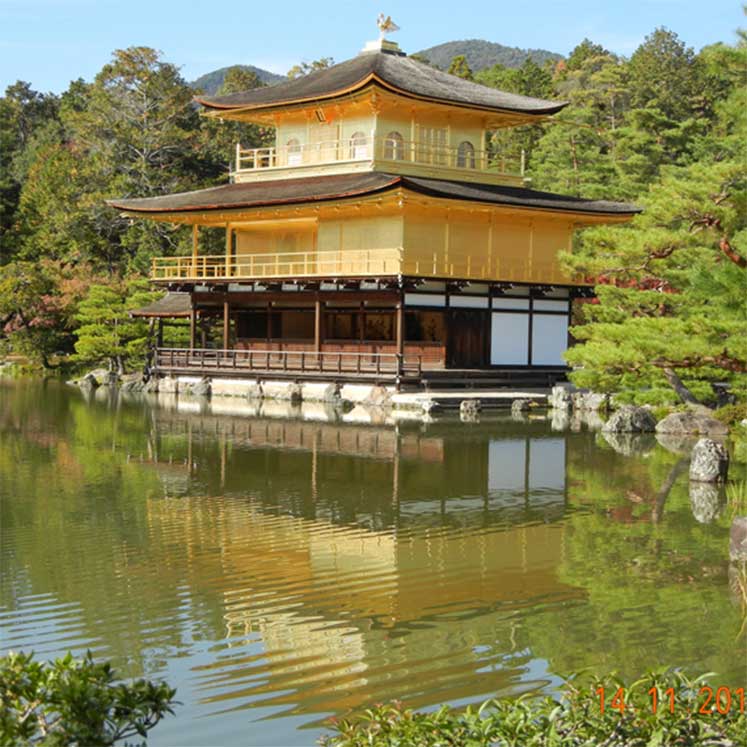
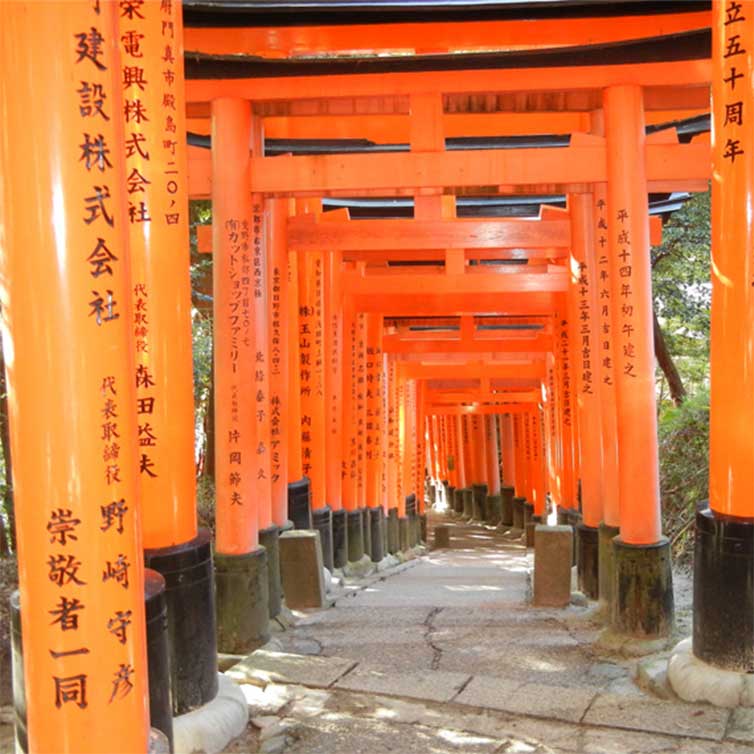
Fushimi Inari
One of Kyoto’s most recognizable landmarks, Fushimi Inari Shrine is a Shinto shrine known for some 10,000 orange torii gates arching over a scenic, two-hour-long walking trail. Be sure to stop and enjoy a bowl of Kitsune Udon and Inari Sushi during your walk, both of which are specialties here.
My favorite spot among all the places that we visited in Kyoto. It’s a magical place, like that iconic scene from Crouching Tiger, Hidden Dragon. Apart from these bamboo groves, the entire Arashiyama area is dotted with picturesque temples, gardens, restaurants, and shops. Located on the outskirts of town, be sure to allocate at least half a day here.
A temple for making wishes, Kiyomizu-dera is one of Kyoto’s most popular attractions and a UNESCO World Heritage Site. Unattached travelers should try and make their way blindfolded between two stones at Jishu Shrine, a shrine dedicated to the deity of love and matchmaking. According to legend, successfully doing so brings with it the promise of finding true love.
Mount Fuji
The Fuji Five Lake (富士五湖, Fujigoko) region lies at the northern base of Mount Fuji about 1000 meters above sea level around the lakes Kawaguchiko, Saiko, Yamanakako, Shojiko and Motosuko. It is one of the best places to view Mount Fuji from a close distance and a good base for climbing the mountain.
Fujigoko is known as a lake resort area, where hiking, camping, fishing and snow sports are among the popular outdoor activities that can be enjoyed. There are also plenty of hot springs and museums found in the area, along with Fuji Q Highland, one of Japan’s most popular amusement parks with record-breaking roller coasters.
Among the lakes, Lake Kawaguchiko is the easiest to access and offers the most things to see and do for the average foreign traveler. The four other lakes are less developed than Lake Kawaguchiko and are not as easy to access by public transportation.
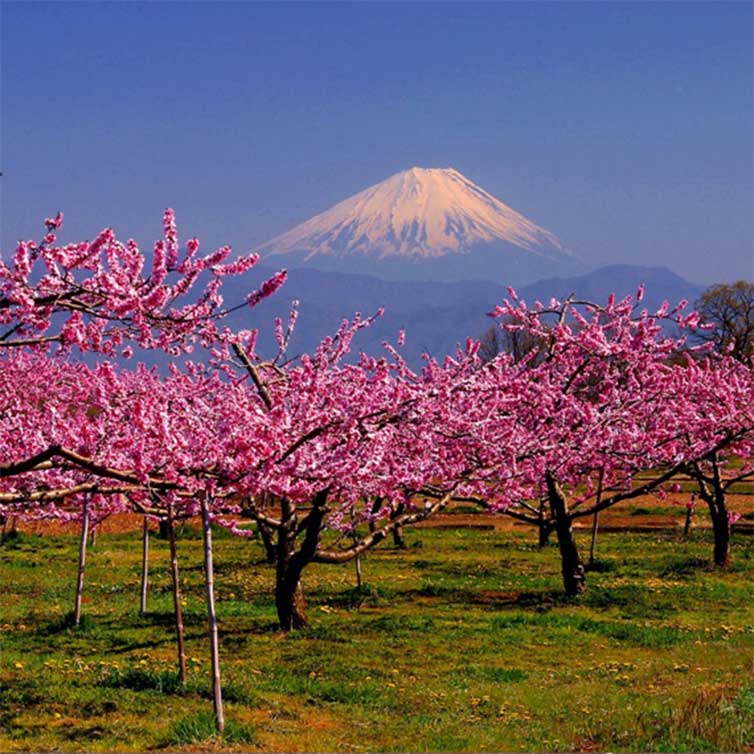
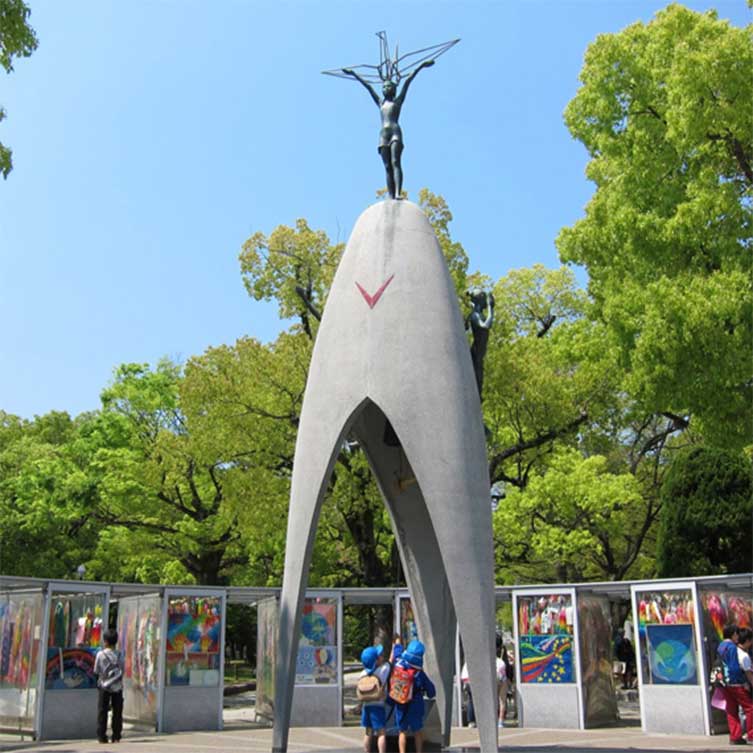
Hiroshima
Hiroshima (広島) is the principal city of the Chugoku Region and home to over a million inhabitants.
When the first atomic bomb was dropped over Hiroshima on August 6, 1945, the city became known worldwide for this unenviable distinction. The destructive power of the bomb was tremendous and obliterated nearly everything within a two kilometer radius.
After the war, great efforts were taken to rebuild the city. Predictions that the city would be uninhabitable proved false. Destroyed monuments of Hiroshima’s historical heritage, like Hiroshima Castle and Shukkeien Garden, were reconstructed. In the center of the city a large park was built and given a name that would reflect the aspirations of the re-born city: Peace Memorial Park.
Nara
Japan’s first permanent capital was established in the year 710 at Heijo, the city now known as Nara (奈良). As the influence and political ambitions of the city’s powerful Buddhist monasteries grew to become a serious threat to the government, the capital was moved to Nagaoka in 784 and a few years later to Kyoto.
Nara is located less than one hour from Kyoto and Osaka. Due to its past as the first permanent capital, it remains full of historic treasures, including some of Japan’s oldest and largest temples.
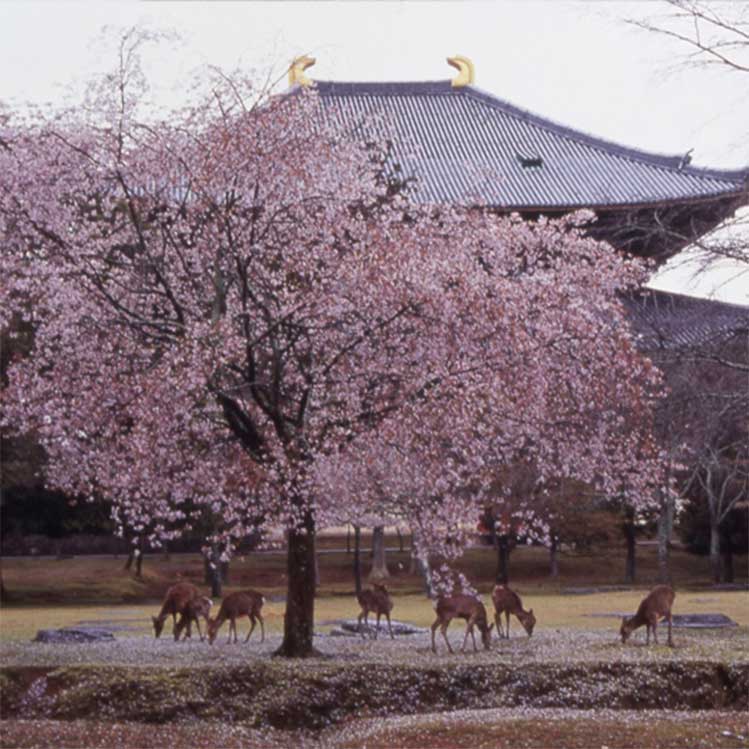
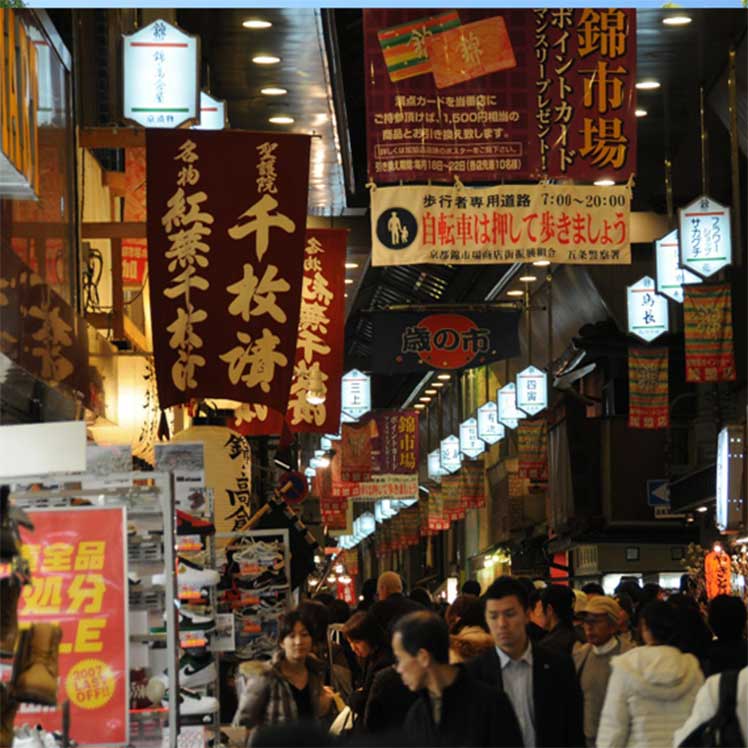
Nijō Castle & Nishiki Market
A UNESCO World Heritage Site, Nijō Castle is home to the Nightingale Floors, an ingenious alarm system designed to ward off ninja attacks. Just try walking on them without alerting the nightingales.
Nicknamed “Kyoto’s Kitchen”, Nishiki Market is a long and narrow shopping street with over a hundred food shops and restaurants on either side. It’s similar to Kuromon Ichiba Market in Osaka, which appropriately, is nicknamed “Osaka’s Kitchen”. If you love Japanese food like we do, then you need to make a stop here. It’s about a 5 minute walk from Shijo subway station.
Step back in time at this active movie and TV studio where a reported 200 jidaigeki films (period films) are shot every year. Apart from the ninjas and samurais walking about, highlights include the Ninja Mystery House, Optical Illusion Maze, and Haunted House. Fans of the genre will be pleased to find an anime museum here as well.
